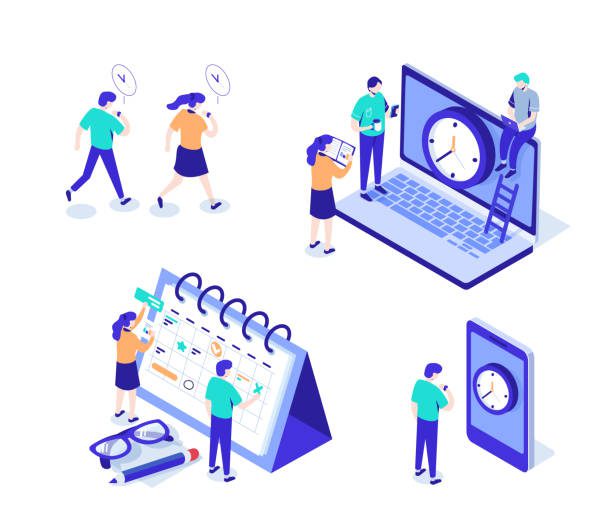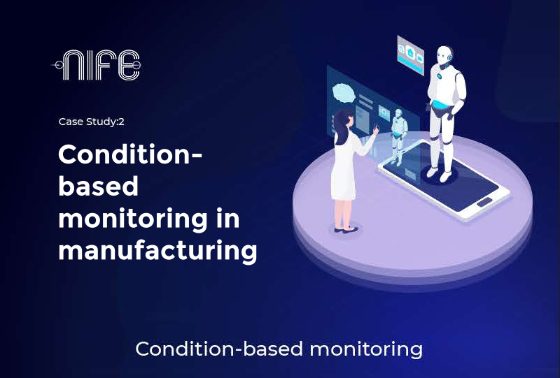Real-time Application Monitoring
The supply of continually updated information streaming at zero or low latency is referred to as real-time (data) monitoring [(Fatemi Moghaddam et al., 2015)]. IT monitoring entails routinely gathering data from all areas of an organization's IT system, such as on hardware, virtualized environments, networking, and security settings, as well as the application stack, including cloud-based applications, and software user interfaces in cloud computing companies. IT employees use this data to assess system performance, identify abnormalities, and fix issues. Real-time application monitoring raises the stakes by delivering a continuous low-latency stream of relevant and current data from which administrators may quickly spot major issues. Alerts can be delivered more rapidly to suitable personnel – or even to automated systems – for remediation. Cloud computing companies can disclose and forecast trends and performance by recording real-time monitoring data over time.

Nife Cloud Computing & Cloud-Native Development#
Nife is a serverless platform for developers that allows enterprises to efficiently manage, launch, and scale applications internationally. It runs your apps near your users and grows to compute in cities where your programme is most often used. Traditionally, programmes are placed on the cloud computing companies which are located far away from the end-user. When data moves between regions and places, it creates computational issues such as bandwidth, cost, and performance, to mention a few.
Nife architecture#
Cloud is constructed in the style of a Lego set. To build a multi-region architecture for your applications across constrained cloud regions, you must first understand each component: network, infrastructure, capacity, and computing resources [(Odun-Ayo et al., 2018)]. Manage and monitor the infrastructure as well. This still does not affect application performance.
Nife PaaS Platform enables you to deploy various types of services near the end-user, such as entire web apps, APIs, and event-driven serverless operations, without worrying about the underlying infrastructure. Nife includes rapid, continuous deployments as well as an integrated versioning mechanism for managing applications. To allow your apps to migrate across infrastructure globally, you may deploy normal Docker containers or plug your code straight from your git repositories. Applications may be deployed in many places spanning North America, Latin America, Europe, and the Asia Pacific. The Nife edge network includes an intelligent load balancer and geo-routing based on rules.

Nife Instantly deploy all applications
To install any application quickly and easily everywhere, NIFE provides on-demand infrastructure from a wide range of worldwide suppliers.
- Nife deploy your application in seconds by using Docker images or by connecting your git repository and simply deploying.
- Run internationally with a single click - Depending on your requirements, you may run your apps in any or all of our locations. With 500 Cloud, Edge, and Telco sites, you can go worldwide.
- Seamless auto-scaling- Any region, any position at the nearest endpoint at your fingertips [(Diaby and Bashari, 2017)].
- Anything may be run - NIFE are ready to power Telco Orchestration demands from MEC to MANO to ORAN beyond the edge cloud using Containers, Functions, and MicroVMs!
Nife's Edge Ecosystem
It is critical to stay current with the ecosystem to have a resilient, intelligent global infrastructure [(Kaur et al., 2020)]. NIFE collaborate with various cloud computing companies' supporters to establish an edge ecosystem, whether it be software, hardware, or the network.
- Flexible - Customers of NIFE have access to infrastructure distributions worldwide, in every corner and area, thanks to the Public Edge. NIFE can reach Billions of users and Trillions of devices using these.
- Unified - Nife's Global Public Edge is a network of edge computing resources that support numerous environments that are globally spread and deployable locally.
- Widely dispersed - Developers may distribute workloads to resources from public clouds, mobile networks, and other infrastructures via a single aggregated access.
How does Nife's real-time application monitoring function?#
Nife's real-time monitoring conveys an IT environment's active and continuing condition. It may be configured to focus on certain IT assets at the required granularity.
The following are examples of real-time data: CPU and memory usage; application response time; service availability; network latency; web server requests; and transaction times are all factors to consider.
Real-time application monitoring tools, in general, shows pertinent data on customised dashboards. Data packet categories and formats can be shown as numerical line graphs, bar graphs, pie charts, or percentages by admins. The data displays can be adjusted based on priorities and administrative choices.
The Nife's Real-Time Monitoring and Benefits of Cloud Computing#
Collecting real-time monitoring data allows IT administrators to analyse and respond to current occurrences in the IT environment in real time. Furthermore, cloud computing companies may store and analyse real-time data over time to uncover patterns and better notice irregularities that fall outside of the predefined system and application behaviour limits. This is referred to as trend monitoring and it's among the best benefits of cloud computing.
Reactive monitoring vs. proactive monitoring: Reactive monitoring has long been used in cloud computing companies and data centres as a troubleshooting tool [(Poniszewska-Maranda et al., 2019)]. The name of this technique reveals its distinguishing feature: It responds to triggers that indicate the occurrence of an event.

